Best Companion Plants For Beets
Title: Best Companion Plants for Beets
Introduction:
Beets are a delicious and nutritious root vegetable that is easy to grow in most gardens. They are also a good companion plant for many other vegetables, which can help to improve their growth and yield.
In this blog post, we will discuss some of the best companion plants for beets. We will also provide tips on how to plant and care for these plants together.
Main Content:
Onions
Onions are one of the best companion plants for beets. They help to repel pests such as aphids, flea beetles, and carrot rust flies. Onions also help to improve the flavor of beets.
Beans
Bush beans are another good companion plant for beets. They help to fix nitrogen in the soil, which can benefit beets. Beans also provide shade for beet plants, which can help to protect them from the hot sun.
Lettuce
Lettuce is a good companion plant for beets because it has shallow roots that do not compete with beet roots for nutrients. Lettuce also helps to suppress weeds, which can help to keep beet plants healthy.
Cabbage
Cabbage is another good companion plant for beets. It helps to repel pests such as cabbage loopers and imported cabbageworms. Cabbage also helps to improve the flavor of beets.
Radishes
Radishes are a good companion plant for beets because they mature quickly and can be harvested before they compete with beet roots for space. Radishes also help to loosen the soil, which can benefit beet plants.
Other companion plants for beets include:
- Carrots
- Spinach
- Swiss chard
- Marigolds
- Nasturtiums
- Catnip
Tips for Planting and Caring for Companion Plants
When planting companion plants, it is important to consider their mature size and spacing requirements. For example, onions and cabbage need more space than beets, so you will need to plant them further apart.
It is also important to plant companion plants at the same time. This will help to ensure that they grow and mature at the same rate.
Finally, you should water and fertilize your companion plants regularly. This will help them to thrive and provide the benefits that they offer to your beet plants.
Conclusion
By planting companion plants with your beets, you can help to improve their growth and yield. You can also help to repel pests and diseases, and improve the overall health of your garden.
If you are new to companion planting, start by planting a few of the companion plants listed in this blog post. With a little care and attention, you will be enjoying delicious, nutritious beets in no time.
Here are some of the best companion plants for beetroot:
- Onions: Onions are a natural pest repellent and can help to keep away aphids, slugs, and beetles. They can also improve the flavor of beetroot.
- Beans: Beans fix nitrogen in the soil, which can benefit beetroot. They can also help to shade the beetroot leaves, which can help to prevent them from bolting.
- Lettuce: Lettuce has a shallow root system, so it will not compete with beetroot for water and nutrients. It can also help to attract beneficial insects to the garden.
- Cabbage: Cabbage is another member of the Brassica family, and it can help to repel pests that target beetroot. It can also help to improve the flavor of beetroot.
- Radishes: Radishes mature quickly, so they can be planted in between beetroot rows. They can also help to break up the soil, which can benefit beetroot.
For more information about companion planting with beetroot, visit Home Gardening.
FAQ of companion plants with beets
- What are the best companion plants for beets?
Some of the best companion plants for beets include:
Onions: Onions are known for their strong scent, which can help to deter pests like aphids and flea beetles. They can also help to improve the flavor of beets.
Beans: Beans are nitrogen-fixing plants, which means they can help to enrich the soil for beets. They can also help to shade the soil, which can help to prevent the growth of weeds.
Lettuce: Lettuce has shallow roots, so it can be planted close to beets without competing for water or nutrients. Lettuce can also help to shade the soil, which can help to prevent the growth of weeds.
Cabbage family vegetables: The cabbage family vegetables, such as broccoli, cauliflower, and Brussels sprouts, can help to repel pests and improve the growth of beets.
Marigolds: Marigolds are known for their insect-repelling properties. Planting marigolds near beets can help to keep pests away.
What plants should I avoid planting near beets?
Some plants that you should avoid planting near beets include:
Spinach: Spinach and beets compete for the same nutrients, so planting them together can stunt the growth of both plants.
Carrots: Carrots and beets have similar root systems, so planting them together can lead to root rot.
Melons: Melons and beets need different soil conditions, so planting them together can lead to problems with the growth of both plants.
How can I use companion planting to improve the growth of my beets?
There are a few ways that you can use companion planting to improve the growth of your beets:
Plant beets near onions and beans. The strong scent of onions can help to deter pests, and beans are nitrogen-fixing plants, which can help to enrich the soil.
Plant beets near lettuce. Lettuce has shallow roots, so it can be planted close to beets without competing for water or nutrients. Lettuce can also help to shade the soil, which can help to prevent the growth of weeds.
Plant beets near cabbage family vegetables. The cabbage family vegetables, such as broccoli, cauliflower, and Brussels sprouts, can help to repel pests and improve the growth of beets.
Plant marigolds near beets. Marigolds are known for their insect-repelling properties. Planting marigolds near beets can help to keep pests away.
What are some other benefits of companion planting with beets?
In addition to deterring pests and improving the growth of beets, companion planting can also:
- Increase the yield of your beet crop. When plants are planted together that complement each other's needs, they can often produce a larger harvest.
- Improve the quality of your beet crop. Companion planting can help to improve the flavor, texture, and color of your beets.
- Reduce the need for pesticides and herbicides. When you plant companion plants, you can often reduce the need for synthetic pesticides and herbicides.
- Attract beneficial insects. Some companion plants, such as marigolds and nasturtiums, attract beneficial insects, such as ladybugs and lacewings, which can help to control pests.
Image of companion plants with beets
- Carrots. Carrots and beets are both root vegetables that grow well together. They help to deter pests from each other, and their foliage can help to shade the soil and keep it moist.
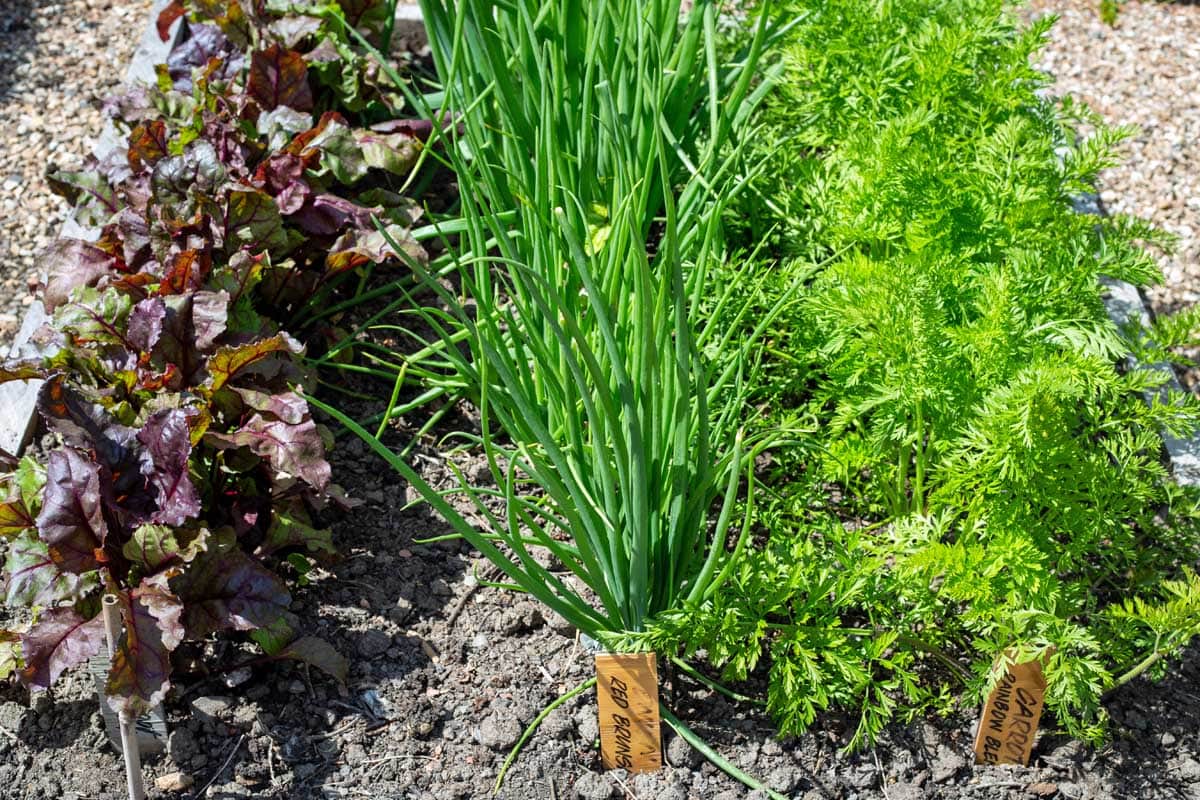
- Cabbage. Cabbage is another brassica that is a good companion plant for beets. It helps to repel pests like cabbage worms and aphids, and its leaves can help to shade the soil and keep it moist.

- Lettuce. Lettuce is a cool-season crop that can be planted early in the spring or fall. It is a good companion plant for beets because it helps to suppress weeds and attract beneficial insects.
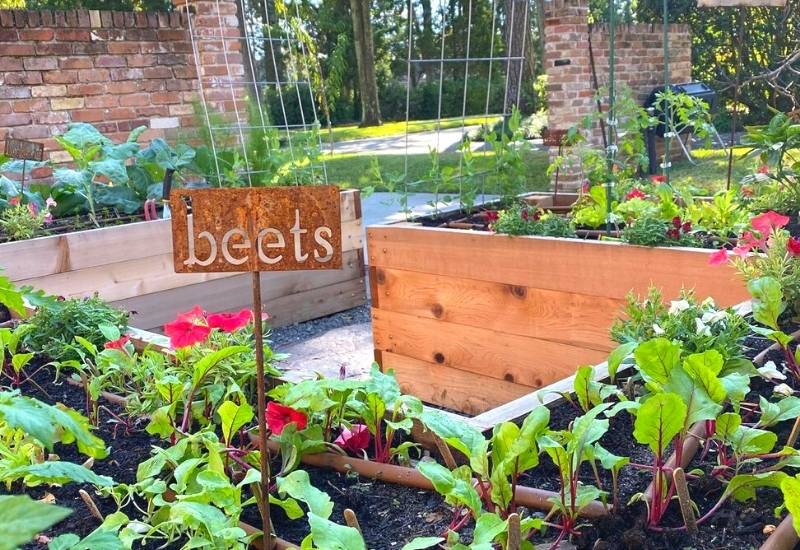
- Onions. Onions are another member of the allium family that is a good companion plant for beets. They help to repel pests like carrot flies and aphids, and their strong scent can help to improve the flavor of the beets.
- Potatoes. Potatoes and beets can be planted together in the same bed. The potatoes will benefit from the shade of the beet leaves, and the beets will help to deter pests from the potatoes.
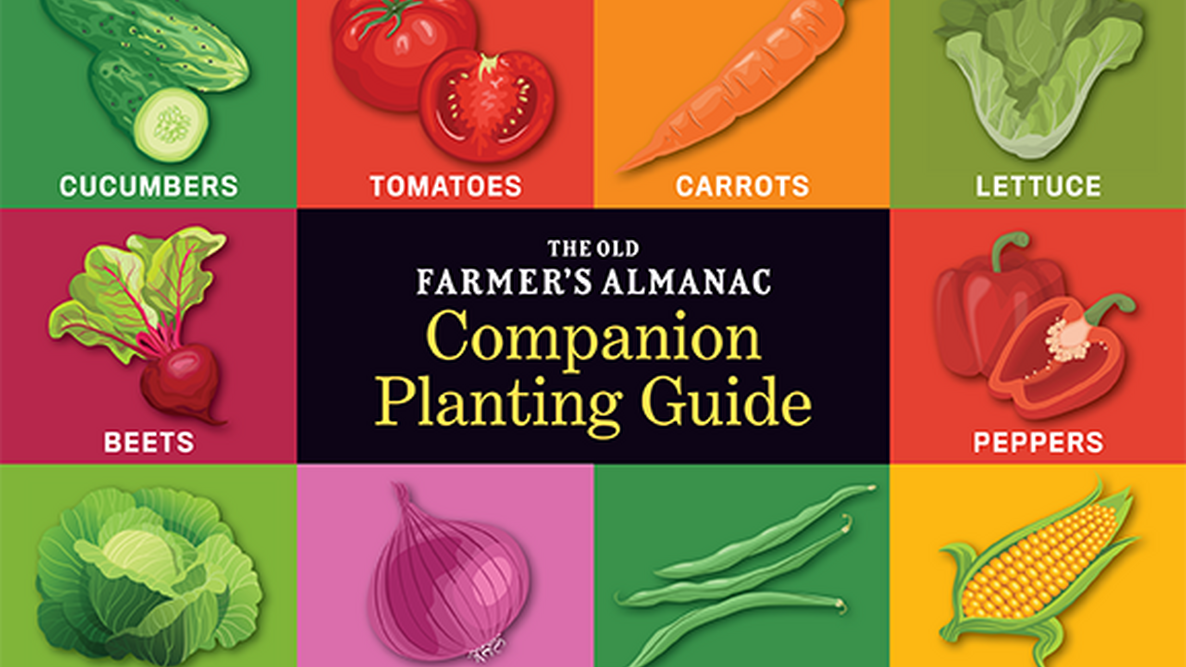
- Radishes. Radishes are another root vegetable that grows well with beets. They help to deter pests from each other, and their quick growth cycle allows you to harvest them before they compete with the beets for space.

- Spinach. Spinach is a cool-season crop that can be planted early in the spring or fall. It is a good companion plant for beets because it helps to suppress weeds and improve the flavor of the beets.
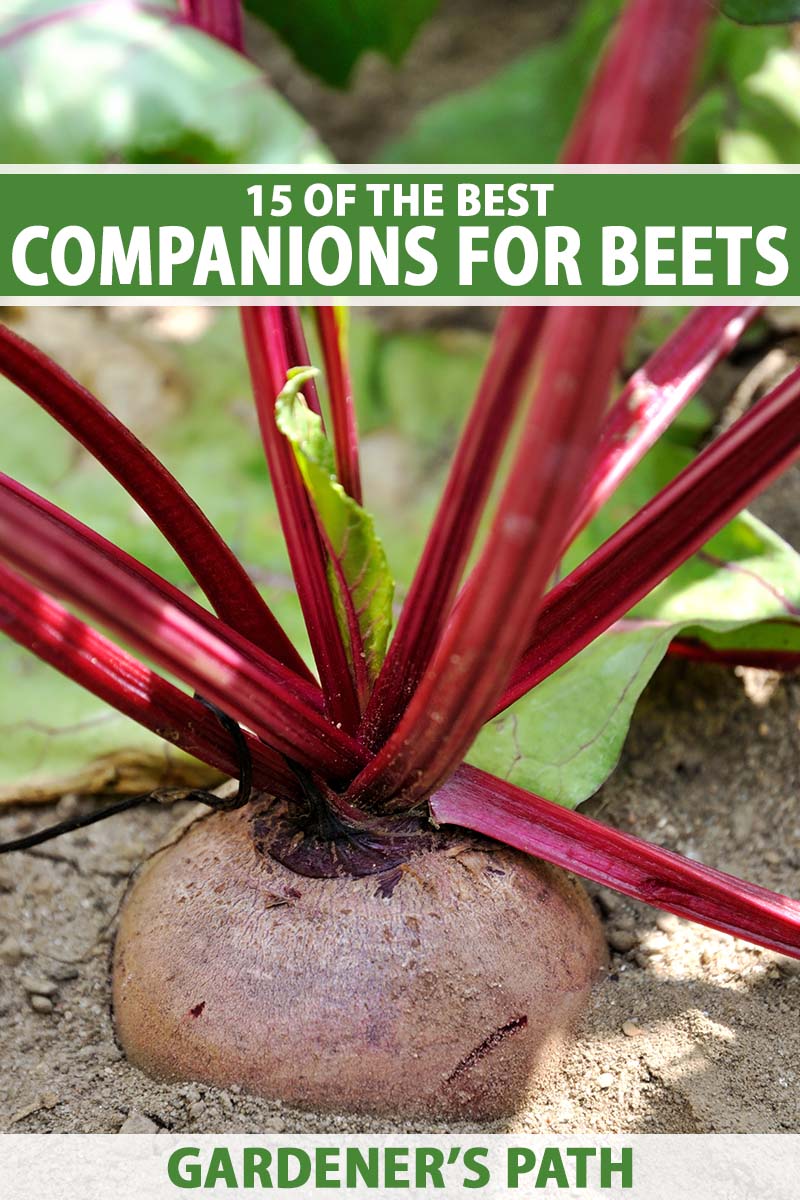
- Thyme. Thyme is a strong-scented herb that is a good companion plant for beets. It helps to repel pests like carrot flies and aphids, and its scent can also help to improve the flavor of the beets.
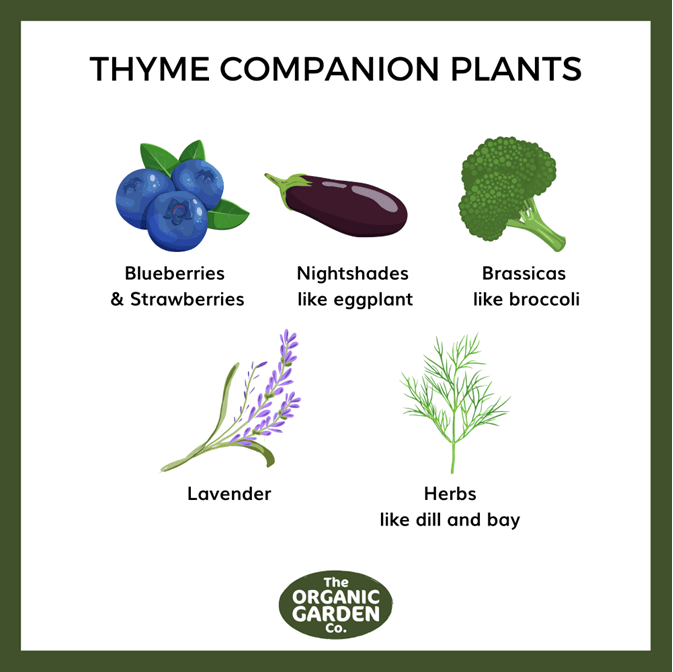
- Turnips. Turnips are another root vegetable that grows well with beets. They help to deter pests from each other, and their quick growth cycle allows you to harvest them before they compete with the beets for space.
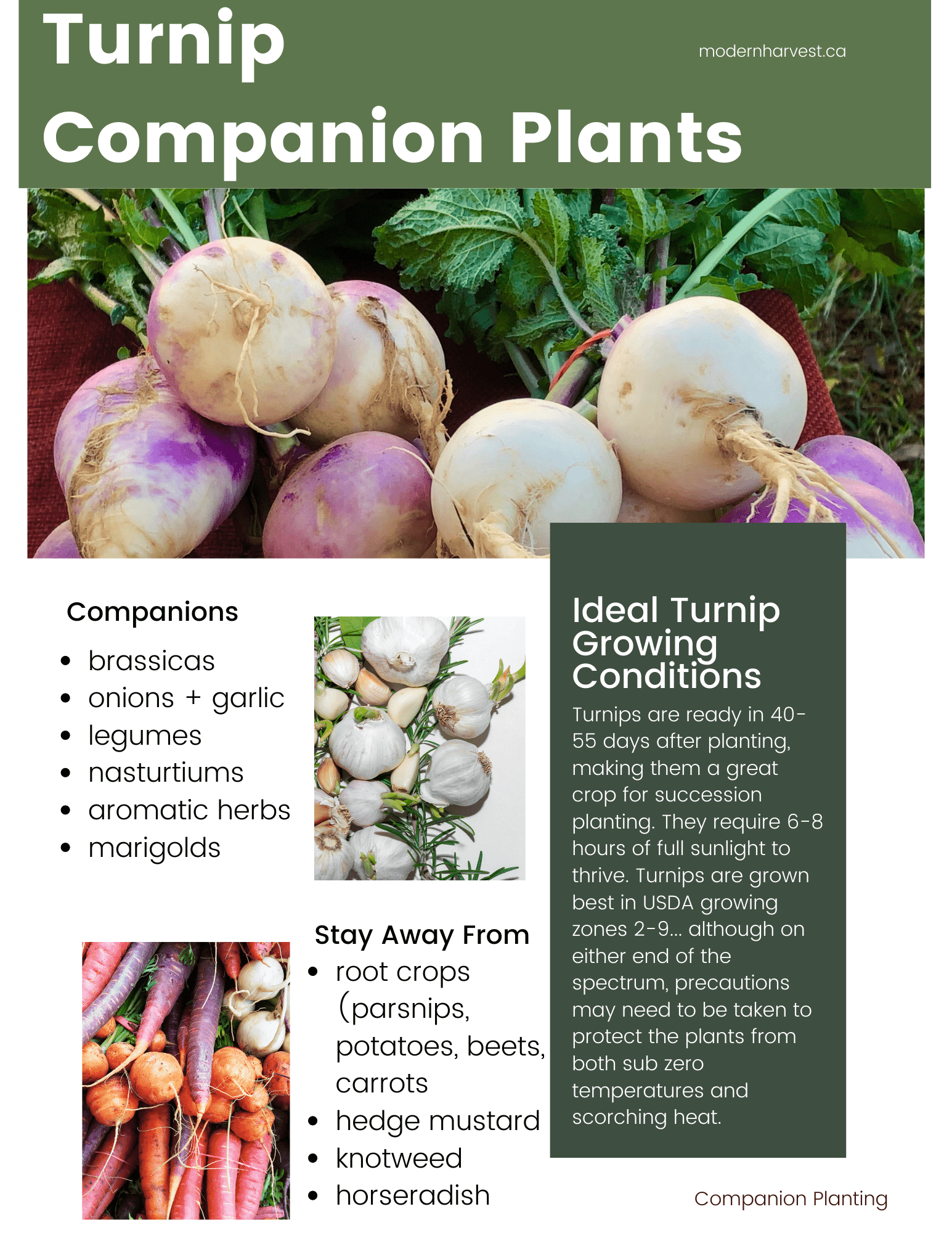
- Swiss chard. Swiss chard is a leafy green vegetable that is a good companion plant for beets. It helps to suppress weeds and improve the flavor of the beets.

Post a Comment for " Best Companion Plants For Beets"